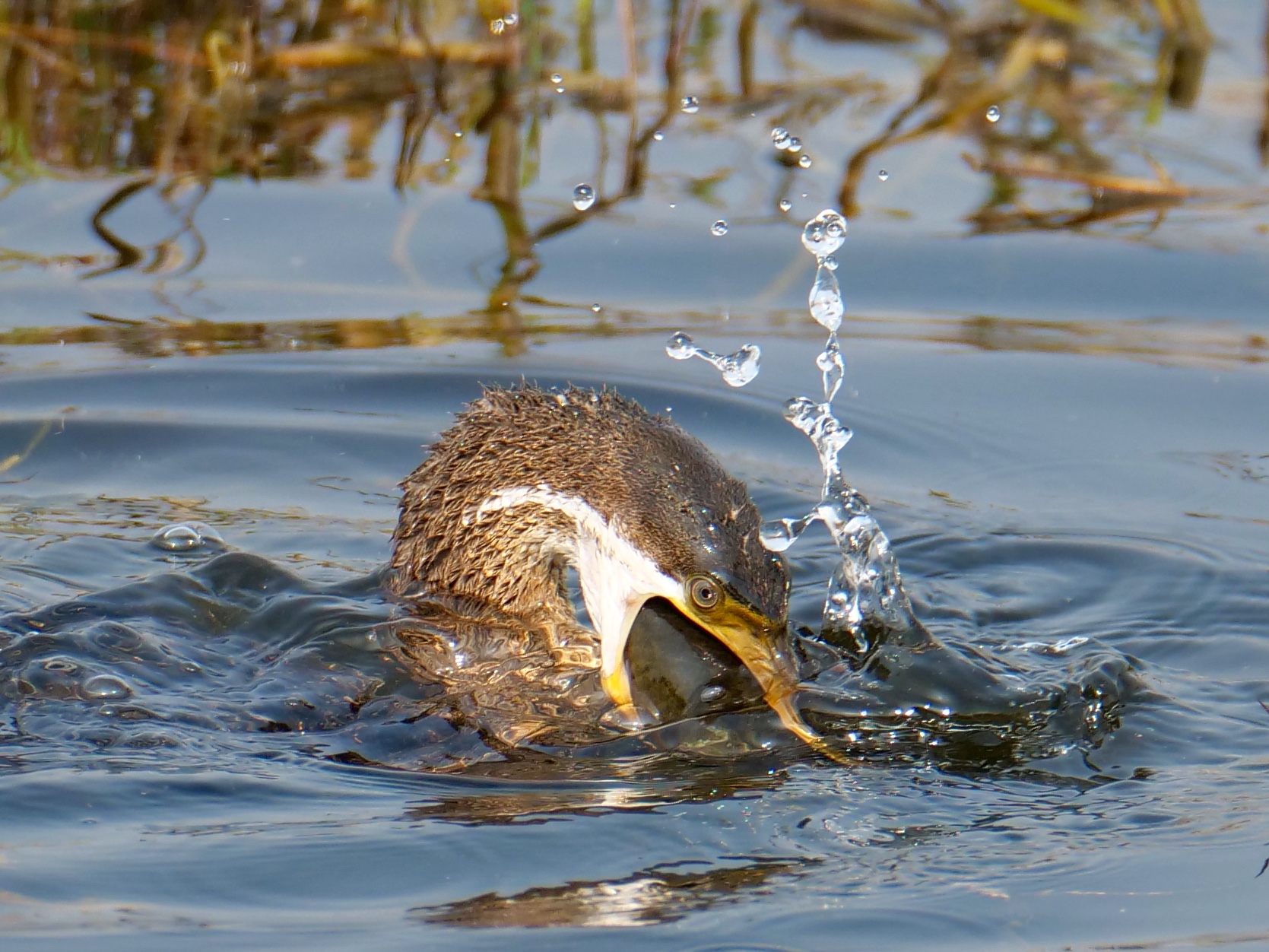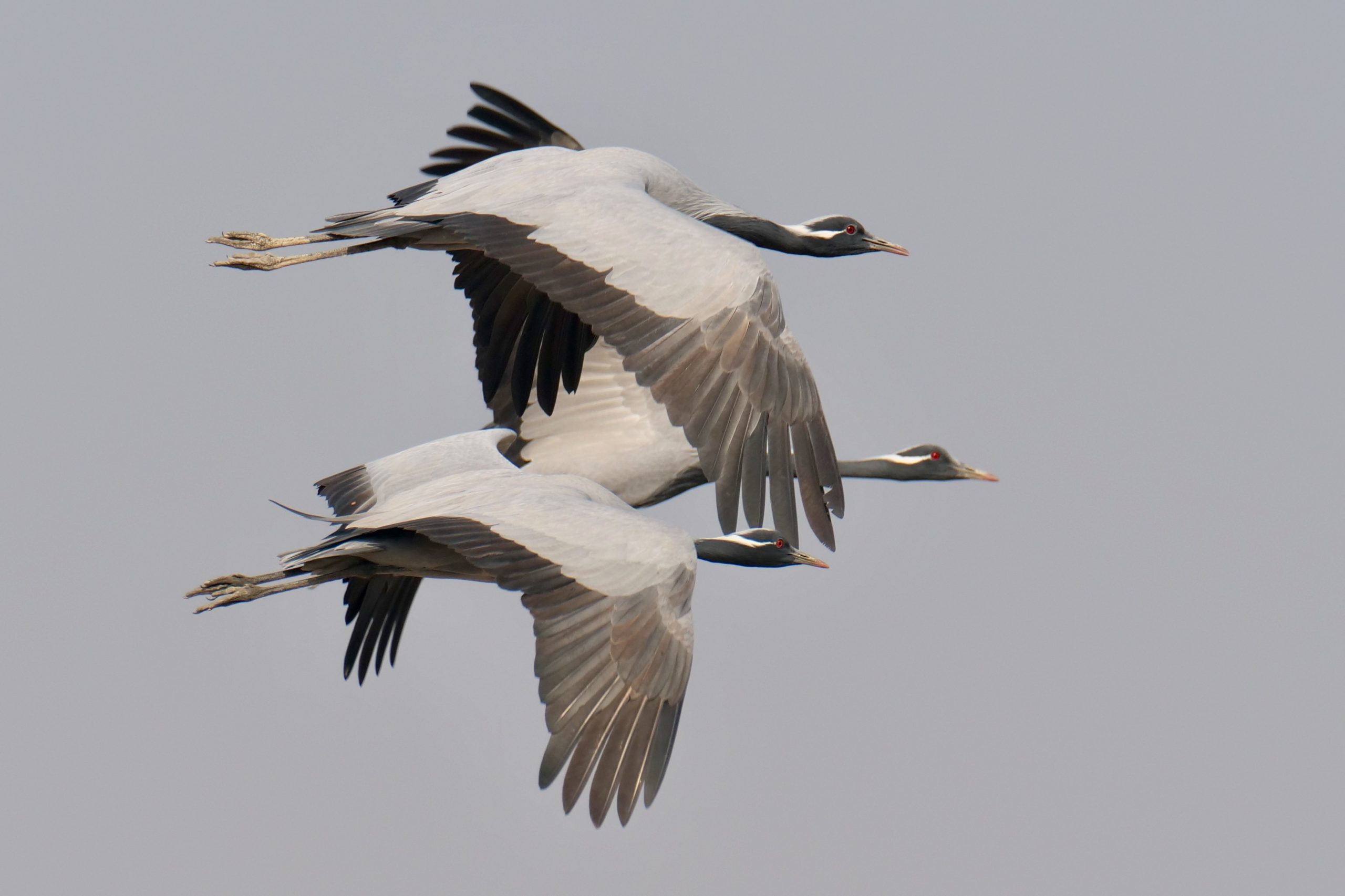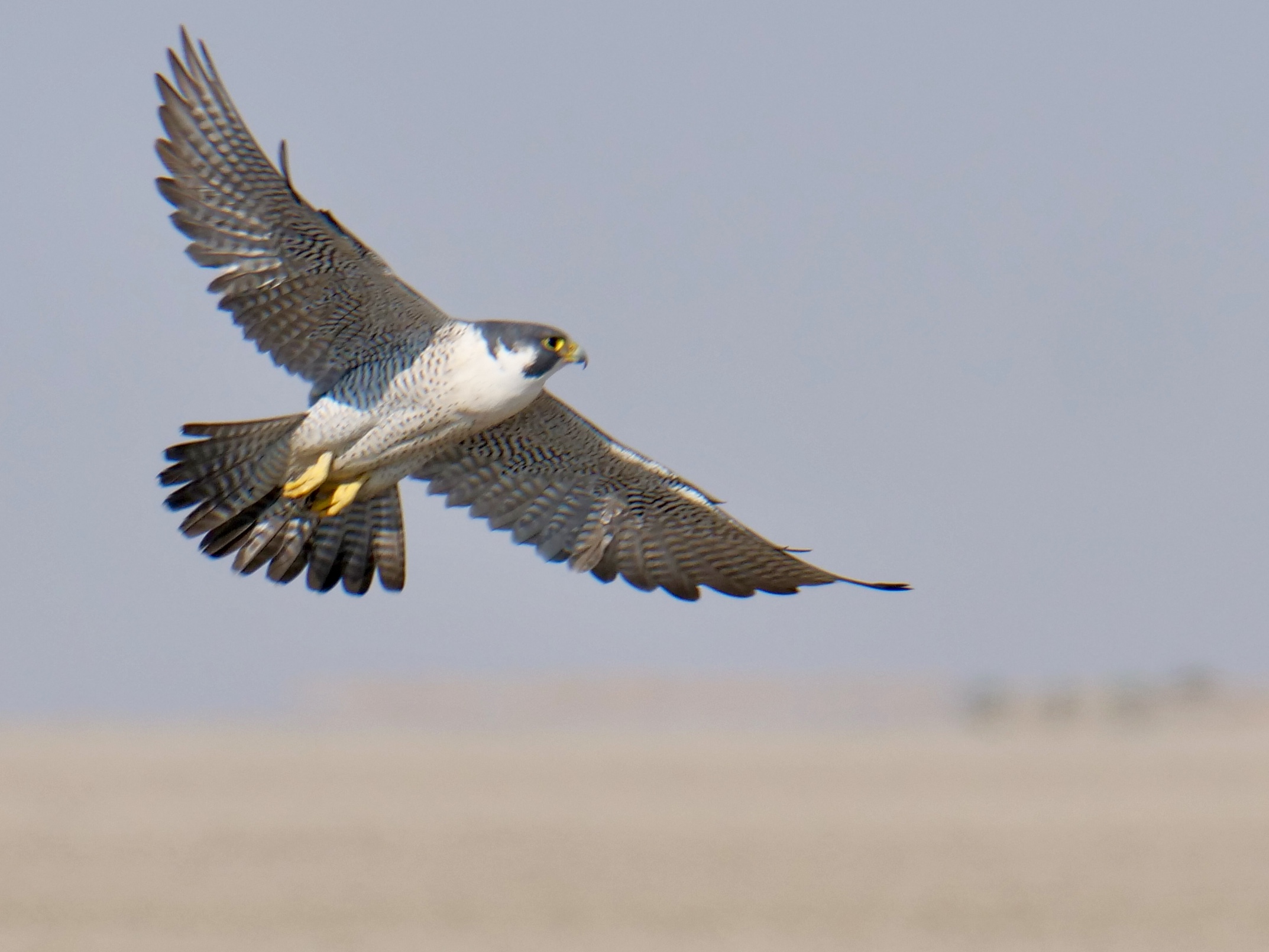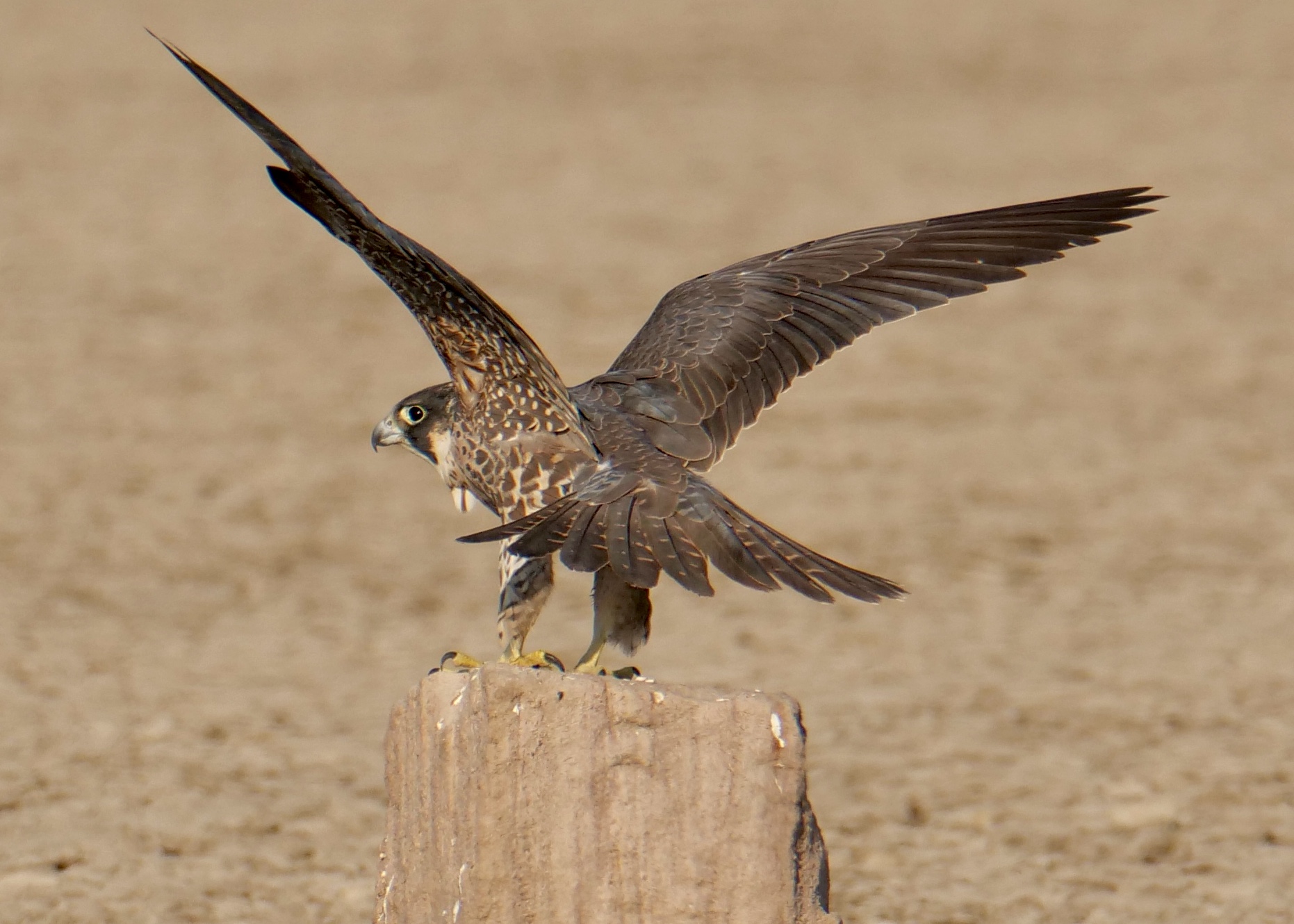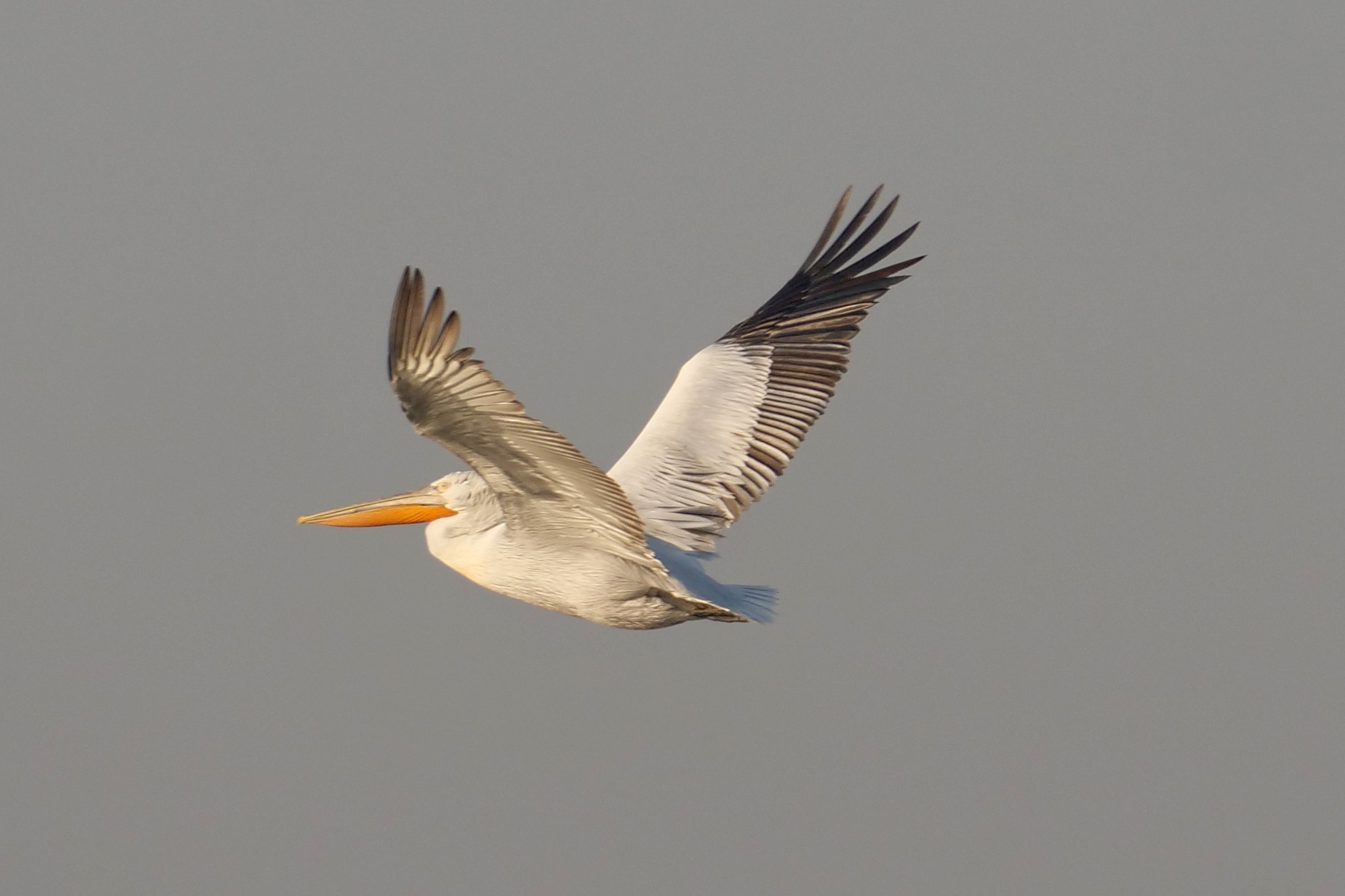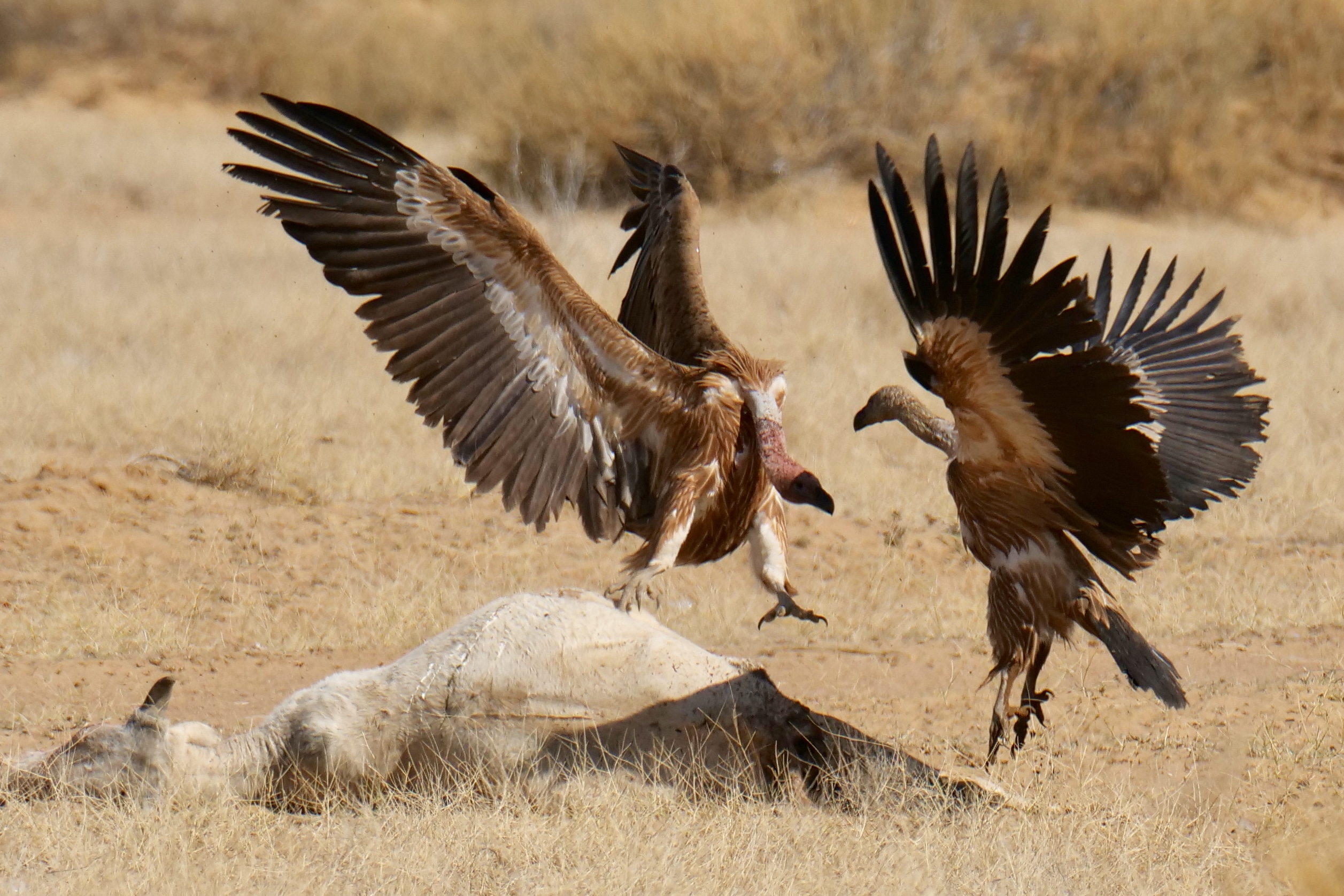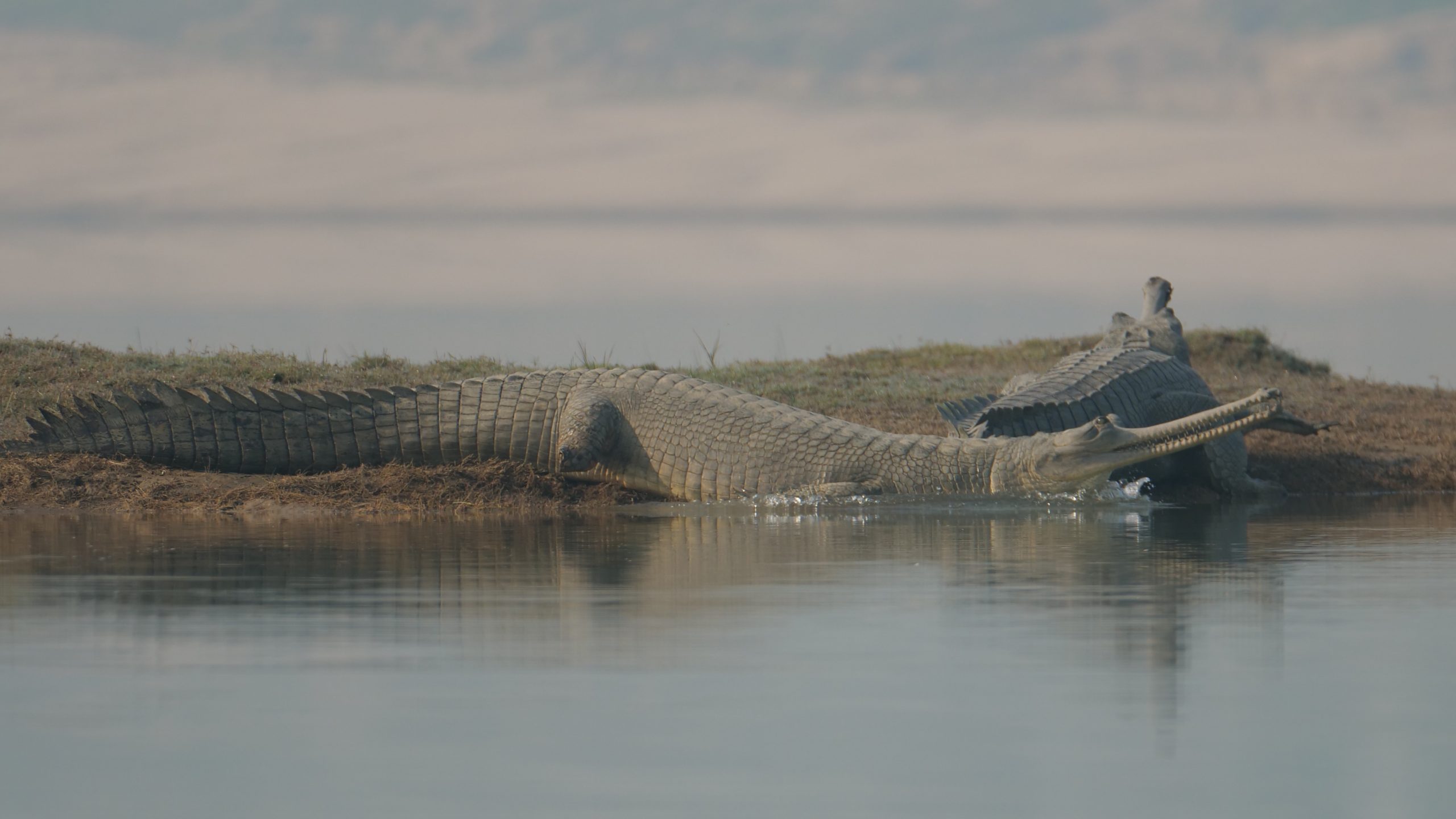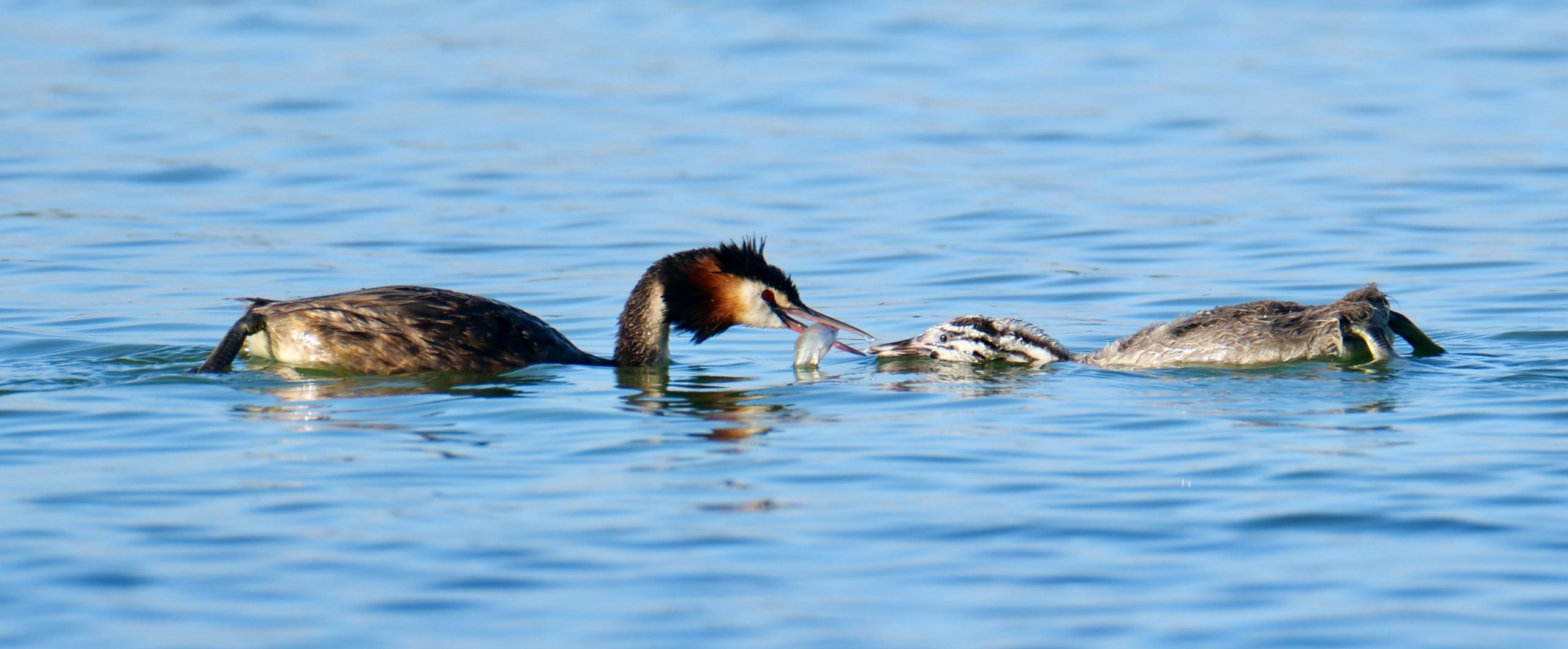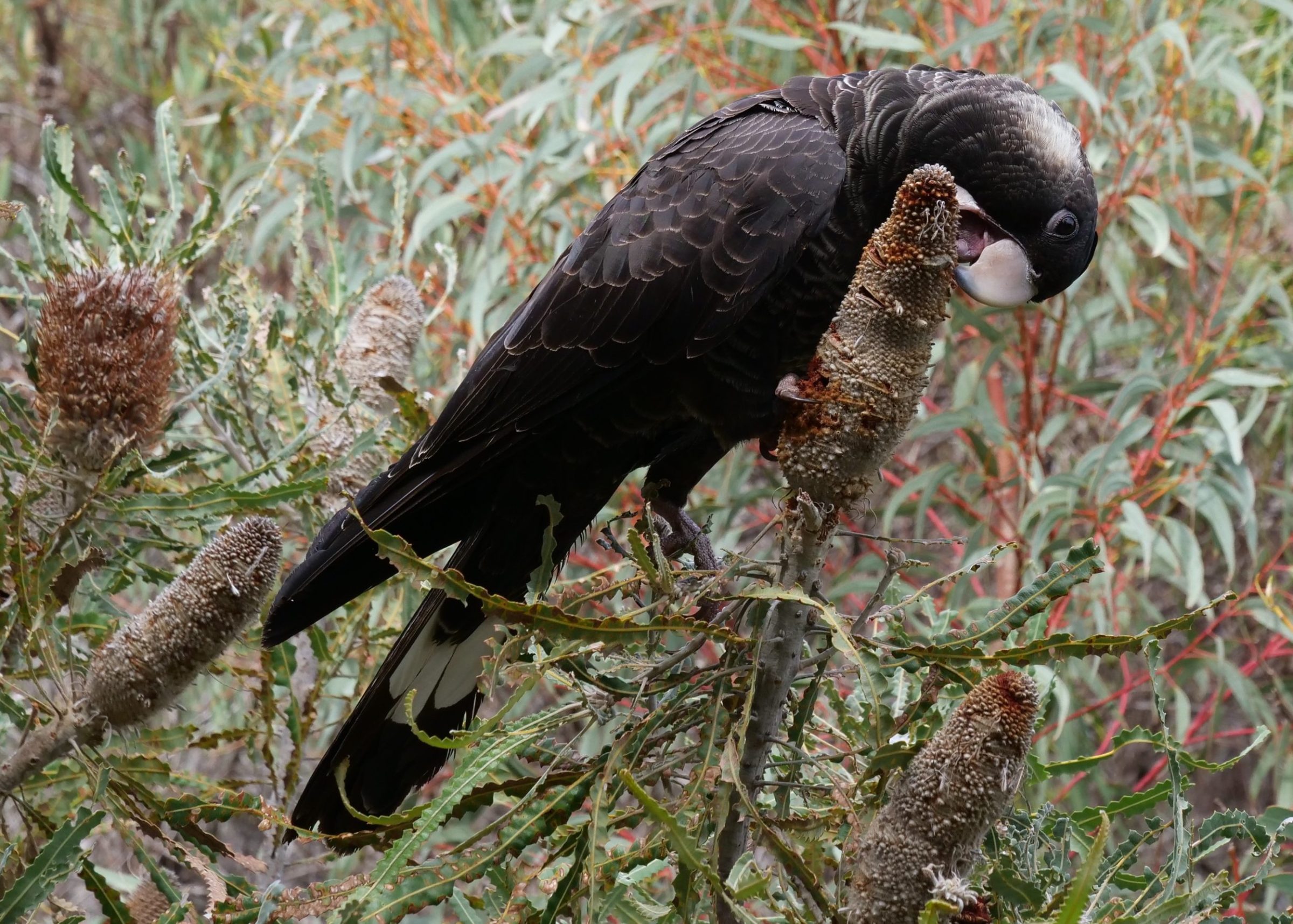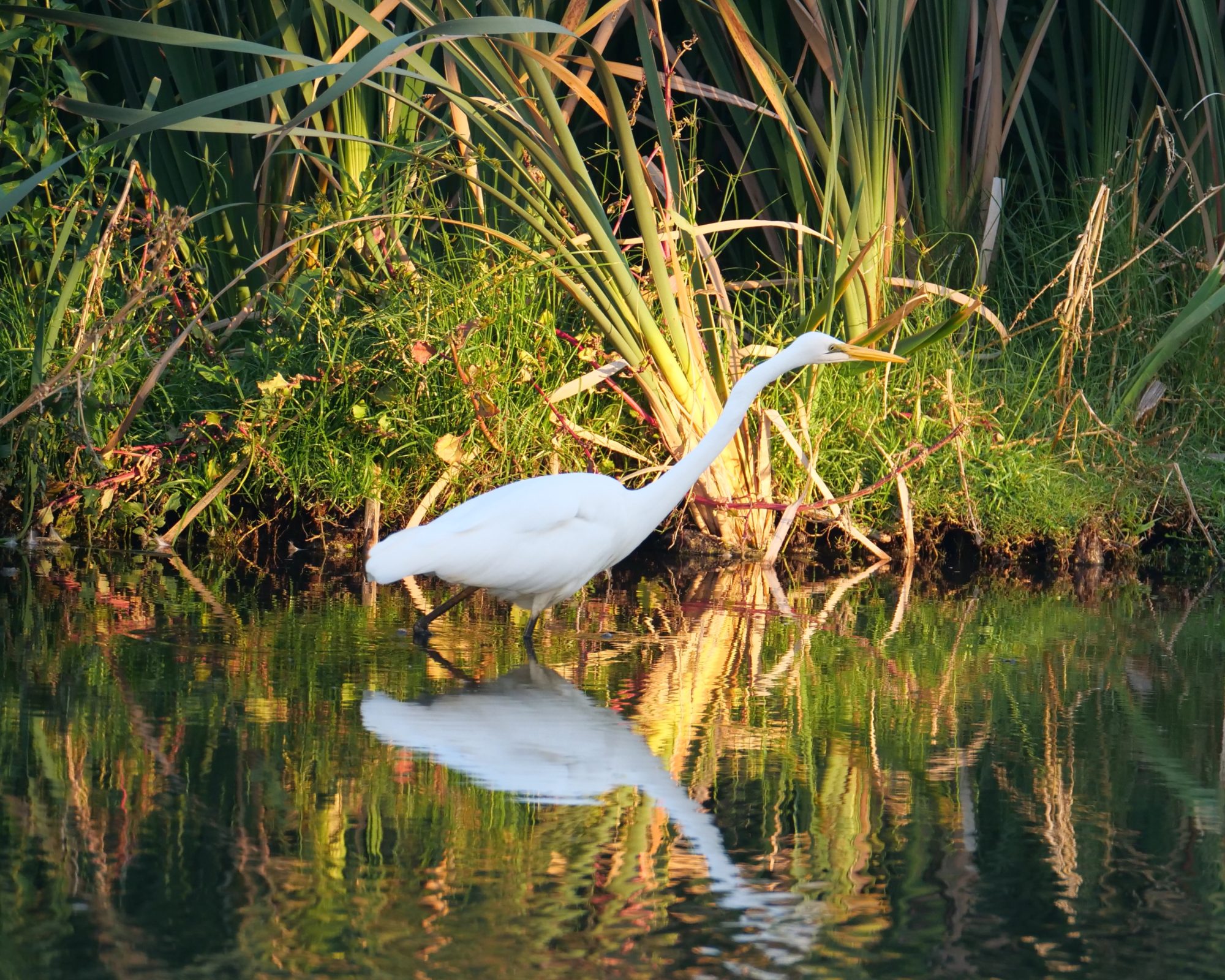Sequentially, the featured image is the fourth of this post’s photos, all taken within the contest’s brief timespan: a little less than four minutes.
Formally, the “snake bird” is an Oriental darter, Anhinga melenogaster – the same species who looked so very different when in repose, in #66 in Pelican Yoga’s “a shining moment” series.
One Comment